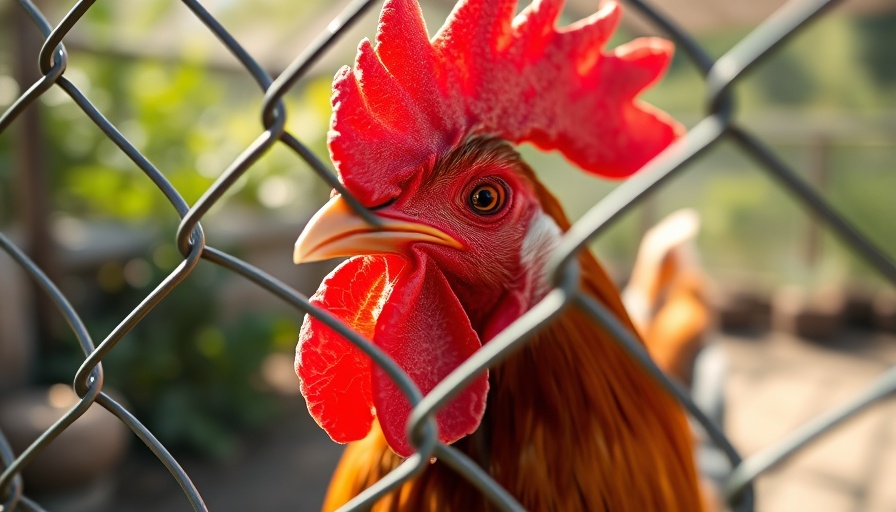
Understanding the Bird Flu Situation in Oregon
As of mid-April 2025, the risk of bird flu, specifically Highly Pathogenic Avian Influenza (HPAI), affecting the general public in Oregon remains very low. The Oregon Department of Agriculture reports that there have been no new detections in the state for over a month, with the last confirmed case occurring in backyard poultry in Multnomah County on March 4. This indicates a positive trend in monitoring the situation closely, as the state's health institutions proactively track and disseminate important data about avian flu's prevalence.
Current Conditions and Historical Context
The current avian flu landscape in Oregon is shaped by previous occurrences, which must be understood in the context of migratory patterns of birds. It's important to note that we often see spikes in avian flu detections during the fall and to a lesser degree in spring due to seasonal migrations. Historically, the virus has been detected in various animal populations, but significant spillover events into domestic species are relatively rare.
What Are The Indicators for Public Health?
One key component of public health monitoring includes tracking potential spillover infections from wildlife reservoirs. For instance, there was a noteworthy case in February involving domestic cats in Clackamas County, attributed to such wildlife reservoirs. The situation is closely monitored by the Oregon Health Authority (OHA), which is vigilant in ensuring that risks to human health remain minimal.
Potential Risks and What You Should Know
While there has been one human case linked to avian flu since the current outbreak began, occurring in November 2024, the affected individual experienced only mild symptoms and recovered fully. Public health experts advise that anyone interacting with domestic birds or wildlife should maintain hygiene practices to mitigate any potential risks, it’s crucial to remain vigilant but not overly alarmed. This balance of caution and awareness allows communities to thrive while protecting public health.
Staying Informed and Engaged
For those interested in following developments around avian flu, resources exist such as the U.S. Department of Agriculture’s tracking dashboards for active outbreaks across various states. The Oregon Department of Agriculture also provides updates and educational content which can assist residents in understanding the dynamics of bird flu as it evolves. Engaging with these resources can empower the public and ensure that individuals stay informed as developments occur.
In summary, while bird flu remains a concern due to its potential impact on livestock and human health, the current situation in Oregon appears stable as monitoring continues. Staying informed through reliable sources is key to maintaining health and safety in the community.
 Add Row
Add Row  Add
Add 




 Add Row
Add Row  Add
Add 

Write A Comment